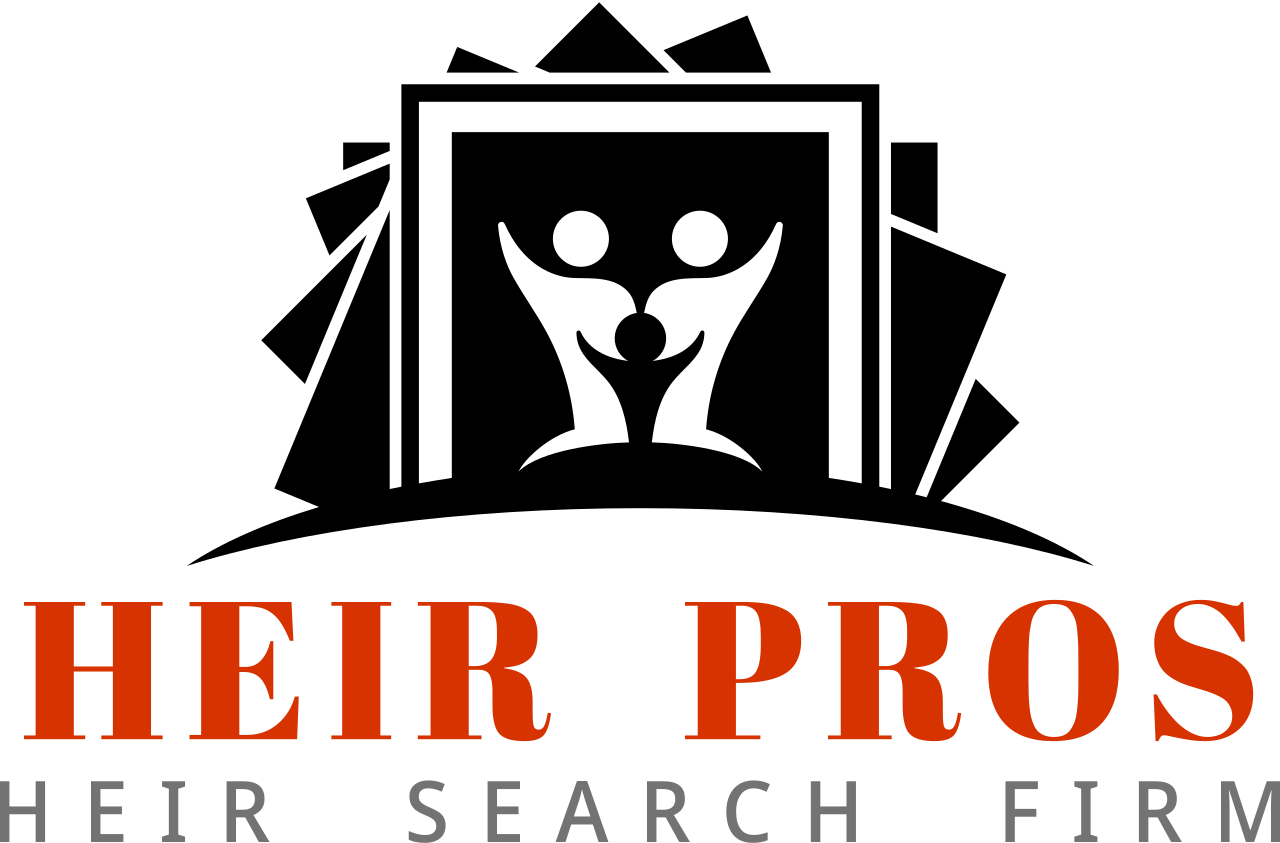A professional genealogical research report includes an executive summary, introduction with background information and research objectives, and a detailed account of findings supported by thorough documentation. It also features an analysis and interpretation of the data, a conclusion with key findings and recommendations, and appendices and references to provide supplementary materials and source citations.
A professional genealogical research report is a detailed analysis of the findings of family history research in a logical and organized manner. It goes beyond just collecting crucial dates and full names of relatives in the family tree.
So, whether you’re an heir, attorney, estate administrator, or genealogical researcher, it’s crucial to understand the report’s contents to facilitate the verification, understanding, and execution of legal proceedings.
This guide outlines everything you should expect in your genealogical report.
Jump to Section
Executive Summary
The executive summary is the first section of your professional genealogical research report after the title. This section takes about one or two pages and summarizes the main findings and conclusions.
While the executive summary is usually included at the beginning of the family history research report, it’s often among the last to be written. However, when placed at the beginning of the report, this section offers a high-level overview of the entire report. It serves as a guidepost that the reader should expect when perusing the report.
Introduction
The next section in the report is the introduction, which embeds the background information, research objectives, and methodology. This section should clearly indicate the author, date, subject of the report, and details of the client.
Background Information
Background information is a critical element of the introduction and the professional genealogical report, as it outlines what was known prior to undertaking the exploration. Including this information brings the reader up to date and helps them understand why the researcher took certain directions.
Available information mainly determines the length of this section. For instance, an adoptee with scant information about their biological parents may only need a few sentences for this section. On the contrary, someone with loads of documents and incomplete research conducted for years may take more space.
Adding this section to the report is critical as it will prevent duplicating efforts and help review previous analyses. It also allows researchers to discover errors in the previous family tree and explain the steps they took to correct them.
Research Objectives
This section conveys the research goals and main focus, and hence should be accurate and clear to everyone. Like in other reports, placing the goal at the beginning helps signal what the topic shall be and helps readers understand the context.
Examples of the research objectives may include finding the full names of your great-grandfather who immigrated to the US, locating a village in their old country, or identifying the year they immigrated.
Whatever your main objective in your forthcoming genealogical research, it must be specific, achievable, and realistic. While it’s common to have several objectives in your family history analysis, it’s advisable to only focus on one or two goals at a time.
Similarly, the report may also indicate short-term goals that contribute to the main objective. For example, if the main objective is to identify your great-grandfather who immigrated to the US and his lineage, there can be short-term objectives such as finding him in the US census records or identifying his exact year of immigration.
Research Methodologies
The last subsection in the introduction describes the methodologies, detailing when, where, and how the study was undertaken. It is the section detailing the interviews conducted, data collected, databases searched, archives visited, and tools employed. All the software, people, and records used in the genealogical research are highlighted here, along with their purpose.
Detailed Findings
Genealogical research is sometimes thought of as only pedigree charts, family group records, copies of historical documents and photos, and family stories. However, it must also include a detailed breakdown of the findings in a structured format typically organized according to how individual family members appear on the pedigree chart.
One crucial piece of information included in the findings of the professional genealogical research report is the names and dates of birth, marriage, death, and more. The findings also elaborate on relationships across generations and individuals. Most importantly, the researcher must provide citations with full references for every piece of information they provide, clarifying the record type, location, and archival reference numbers.
For example, the findings for an individual named Mary Jones may appear as follows. Mary Jones (1800-1875) married John Smith in 1820. Her children include Thomas Smith (1835-1900), James Smith (1830-1885), and Sarah Smith (1826-1890).
Most importantly, the Findings section also describes searches that find no evidence or provide indirect or negative evidence. Here, professional genealogists indicate leads that yielded insufficient detail to avoid unnecessary future searches of the same.
Analysis and Interpretation
The structure of the analysis and interpretation section will vary significantly from project to project based on the requirements. This section is crucial in a genealogical report as it provides evidence for the conclusion. In addition to the data analysis, the analysis section interprets the significance of the findings and how they address the research objectives.
For example, if the family oral history hints agricultural background of the ancestor of focus, you can prove or disprove that based on the findings. If the census data lists the ancestor as a farmer and his location, the researcher may indicate that the findings support the family lore.
Documentation and Evidence
As the name suggests, this section provides the necessary documentation and evidence to support the findings of the professional genealogical research report. Here, professional genealogists attach excerpts and copies of all the primary documents, such as images, records, and transcriptions, ensuring they are clearly referenced and labeled.
Conclusion
The conclusion of the professional genealogical research report summarizes the key findings, highlighting the main points and implications. It helps the reader determine if the objectives were met. If not, the conclusion should clearly explain why. The conclusion section also has recommendations for future research, providing the basis for a new plan if requested.
Researchers typically add any limitations in this section in case any records or information couldn’t be found. Readers should quickly tell the cause of such limitations, including restrictions on access to information, research hours, or expenses.
Subsequent sections after the conclusion are the Appendices and References. The former provides supplementary materials, such as charts or graphs, to support the findings. The References section is also called the Bibliography and details all the sources used in the research. It adheres to citation formats like AP, Chicago, and MLA.



